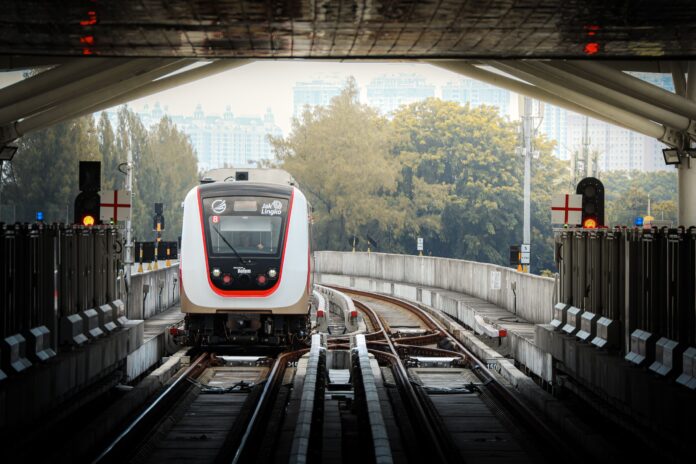
Bali is on the verge of a transformative transport development as the Light Rail Transit (LRT) project edges closer to becoming a reality. With the feasibility study now complete, the project, which involves an investment of approximately US$876 million, is set to bring underground modern transportation to the island.
Arif Anwar, Director of Rail Traffic and Transportation at the Directorate General of Railways, Ministry of Transportation, announced that the first phase of Bali’s LRT, known as Phase 1A, will feature a 6.04-kilometer track. This initial route will connect I Gusti Ngurah Rai Airport to the Sunset Road area, with five strategic stations planned at Ngurah Rai Airport, Kuta, Pura Desa Adat, Central Park, and Sunset Road.
Arif highlighted the substantial investment, stating, “The project’s value is around US$876 million, or about Rp14.2 trillion.” He further explained that constructing the LRT underground was a strategic decision, taken to mitigate environmental impacts and address the dense population along the route.
“Building the LRT underground helps avoid numerous challenges that would arise if the track was at ground level or elevated,” he added.
With the feasibility study completed, the project will now advance to further planning stages, including the Basic Engineering Design (BED) and Detailed Engineering Design (DED). These steps are crucial before moving on to environmental impact assessments and land acquisition plans, essential for securing the project’s smooth execution.
Read also: Take a Look at the Presidential Office in IKN Nusantara, Grand and Luxurious!
Despite the progress, Arif could not specify the exact date for the groundbreaking ceremony. “The timeline largely depends on the readiness of the Bali Provincial Government to complete the planning stages, including project tendering,” he noted.
Minister of Transportation Budi Karya Sumadi recently discussed the project’s future, revealing that the Bali provincial and local governments will hold a majority stake of 51%, with the central government retaining a 49% share. “The Bali government has agreed on this ownership structure for the LRT project,” Budi confirmed.
In terms of funding, Budi mentioned multiple options, including Public-Private Partnerships (PPP). “Both capital expenditure (capex) and operational expenditure (opex) will be supported by the Governor of Bali and the Regent of Badung,” he said. Furthermore, he noted that South Korea had previously expressed its readiness to assist in the construction of Bali’s LRT, indicating international interest and cooperation in the project.
As the project moves forward, it represents a significant step towards modernizing Bali’s transport infrastructure, promising to enhance connectivity and provide a state-of-the-art solution for the island’s growing transportation needs.






















